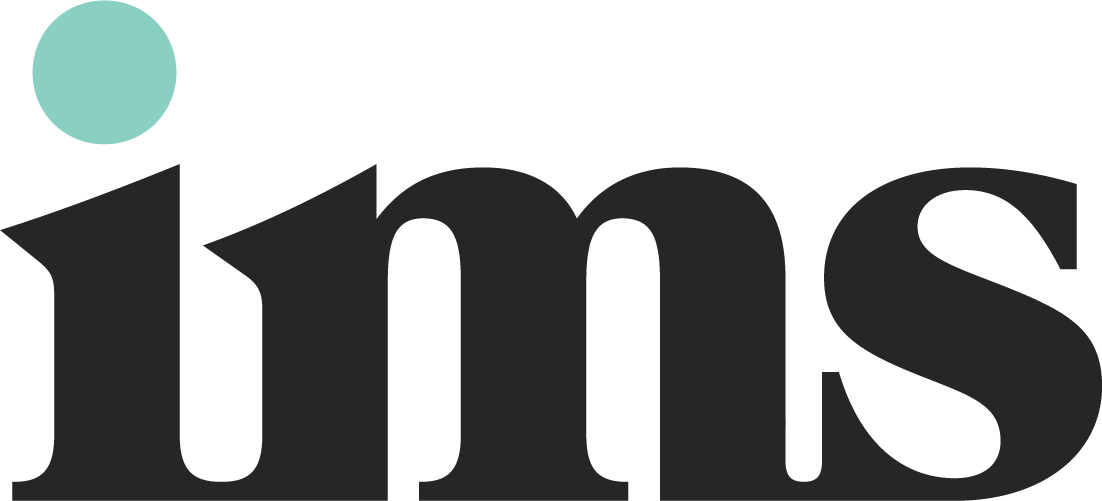When tackling merchandising procurement for consumer goods brands, it’s not always reasonable to assume historical purchasing trends can be used as an accurate guideline for predicting future production levels. Beverage Alcohol companies in particular have seasonal national programs around events like Cinco de Mayo, Memorial Day, Fall Football and many more. These programs require large volumes of campaign-specific merchandising that can fluctuate annually due to a variety of factors including regionality, sales activity and goals, distributor relationships and more.
There’s a tremendous need to gather demand levels from field teams for those programs upfront so that procurement can order appropriately to fulfill the needs for the program in market date. Many Beverage Alcohol companies are still collecting this information through multiple different spreadsheets with input from brand marketers, field teams, distribution partners, and more to inform ordering volume. While a system like this can “work”, it probably doesn’t deliver the robust level of insights needed to impactfully reduce production costs and improve fulfillment execution at scale.
IMS Merchandising Demand Planning – 7 Years in the Making
POS Ordering Portal Users can shop across multiple Demand Planning programs at the same time and track their spend against their budget allocation. This feature is critically important for our clients to ensure campaigns stay within budget and field teams only order what they will use.
Before building our proprietary Demand Planning solution into client POS Ordering Portals seven years ago, IMS account teams would work on projects for clients on an ad hoc basis. We realized that by adding a Demand Planning solution, we could add value to our clients in in three major ways:
Maximizing budgets through waste reduction.
With IMS Demand Planning, clients are only ordering what would actually be used by distributors and retailers to drive sales at retail, and not sit in stock rooms collecting dust.
Decreasing unit costs.
By bundling production orders into larger volume runs we can leverage drastic unit cost savings through our reverse auction sourcing eco-system.
Consolidating warehousing, fulfillment and transportation activities.
Instead of receiving and fulfilling disparate production runs, we can consolidate logistics operations and turn around national campaigns quickly to increase speed to market. Consolidation also creates cost efficiencies that reduce the total cost of execution.
Identifying that our Beverage Alcohol clients had an immediate need for a Demand Planning solution, we built out the first solution in 2012 within the POS Ordering Portal of a Fortune 500 Beverage Alcohol Client. This portal manages merchandising procurement across their entire brand portfolio, spanning spirits, wine and beer categories for the largest beer importing company in the US.
How IMS Demand Planning Works
IMS Account teams are involved throughout the Demand Planning process. Before adding a merchandising unit to a Demand Planning campaign in the POS Ordering Portal, we work with the client to determine what each initial campaign offering will include. This is done by evaluating historical usage and efficacy of items in past campaigns, and approximating how much each item will cost by running pricing exercises for a range of quantity estimates.
Optional local market customization on select merchandising components allows brands to create localized appeal within national campaigns. while still benefiting from centralized demand planning and lower costs associated with aggregated purchasing.
After the collection is built, the ordering window opens for a 2-4 week time period. Clients can have multiple programs running at the same time across different brands and national campaigns in their portfolio (i.e. Fall Football, Halloween and Holiday). When logging into the POS Ordering Portal, users are able to view their allocated budgets, and only the programs and merchandising options available to their role-based permissions. Users can shop across multiple programs at the same time and track their spend against their budget allocation. This feature is critically important for our clients to ensure users stay within budget rather than ordering excessively.
One enhanced feature of the platform offers users the opportunity to customize merchandising components for their local market. For instance, the campaign collection may offer a standardized neon sign with a customizable component that allows the user to add the name of their city or include local sports teams. With this feature, we’re still able to aggregate purchasing and drive down total unit costs, while providing local markets with the necessary tools to celebrate their uniqueness.
Once the portal is closed and final quantities are reported, we review with the client to edit, add, or cancel units that didn’t reach the minimum ordering threshold for target unit costs. We reallocate those orders to higher-performing merchandising elements within the campaign before moving ahead with production. Once final quantities are confirmed, our logistics teams start planning delivery routing, timing required for kitting and fulfillment, volume and resourcing requirements, and transportation consolidation.
Clients Benefit from Lower Cost & Consistent Execution
When merchandising ordering is structured quarterly or periodically to coordinate across a client’s annual promotional calendar and through a central hub (like IMS OneSource), multiple seasonal programs across an entire company’s brand portfolio can be sourced in parallel. This creates unit cost and execution efficiencies otherwise unavailable.
If each brand’s marketing teams or regional distributors are forced to independently forecast their own demand and source their own merchandising across disparate supplier networks, unit and execution costs are indelibly higher. IMS sourcing and fulfillment efficiencies generally produce 30% cost savings across all aspects of merchandising execution.
Additionally, without a centralized ordering solution, corporate marketing teams experience increased difficulty maintaining control across all markets, causing issues with campaign timing, consistency of brand experience, and quality of outcome.
Evolution of Demand Planning – Leveraging Cross-Vertical Learnings
Merchandising options within each campaign are combined in a rendering to illustrate how they would perform together in retail environments. Since adding this capability to Beverage Alcohol portals, IMS has applied it across several CPG brands as well.
In the years since IMS Demand Planning began within IMS Beverage Alcohol clients, we have expanded the solution to support additional client verticals – most notably, CPGs. Any consumer goods brand with national programs and a catalog of merchandising items can benefit from aggregating demand and leveraging that purchasing power into reduced unit and execution costs at scale.
Our solutions are never stagnant; we’re constantly learning from our clients and refining their bespoke solutions to meet the growing and changing demands of their go-to-market strategies. As we adapt solutions for one client, we apply those learnings across our entire client portfolio. For instance, a Fortune 500 Beverage Alcohol client requested in-store renderings be added to POS Ordering Portals to help users visualize how each item in a collection would display in a retail environment. This solution has since been implemented across relevant CPG Demand Planning Portals.
To implement Demand Planning for a new client, we execute a deep dive into how each client’s business operates. We explore incremental solutions necessary to facilitate key aspects of a client’s strategy, evaluating the applicability of existing components, or building entirely new workflows. This provides deeper functionality for each client’s marketing teams, and the ability to respond to merchandising procurement complexities that are unique to their market.

Article Author: Deirdre Kerrigan
Deirdre Kerrigan is Vice President / Executive Account Director at Integrated Merchandising Solutions, LLC. As a client service and operations manager with a proven record of enhancing customer relationships, her background also includes extensive experience in strategic client management for Fortune 500 customers with an emphasis on operations and process improvements.

